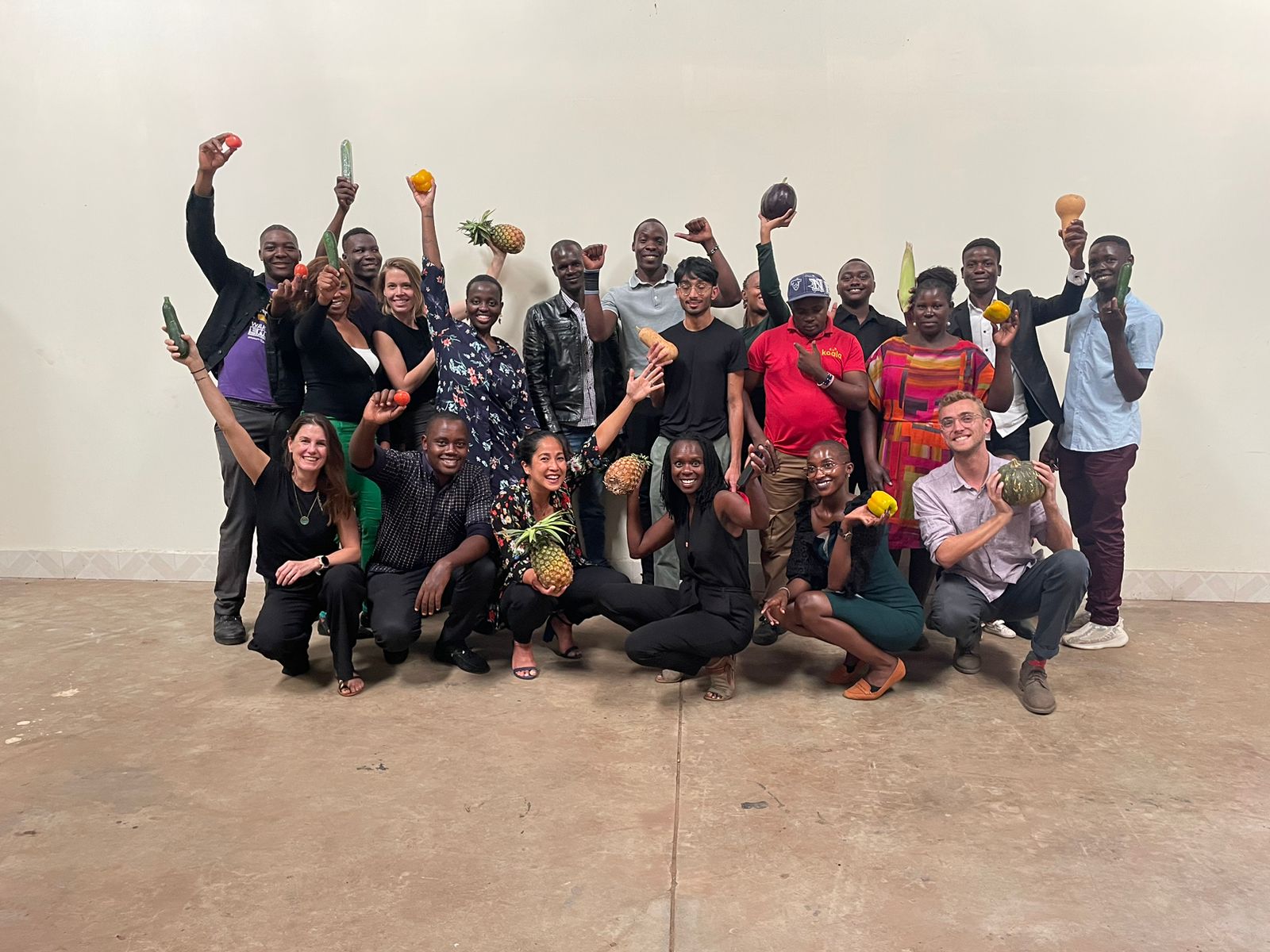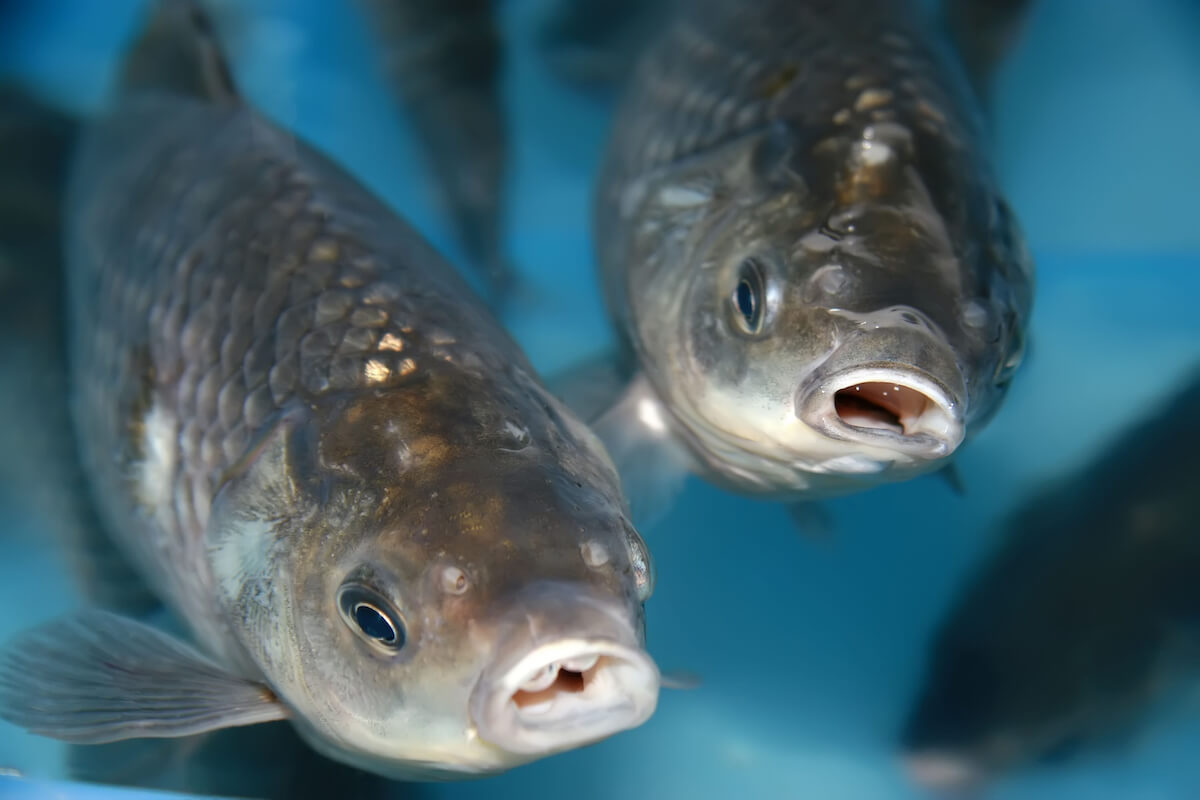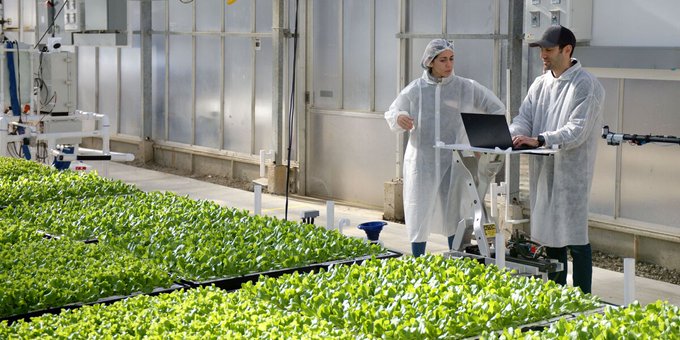Over the last few years, the main story around U.S. food waste funding has been that private capital has started to pay attention and invest in compelling ideas, such as imperfect produce channels (online grocery challengers), logistics solutions that improve efficiency (enhanced demand planning, edible coatings), and improved ways of processing/converting waste into materials (anaerobic digestion, livestock feed, insect farming).
With new data in ReFED’s Capital Tracker, part of the ReFED Insights Engine, we are able to get a more complete picture with the addition of philanthropic funding trends into the story. Despite all the important work that philanthropic funding has already enabled, we see that it is insufficient to meet the need.
After an analysis of more than 70,000 grant descriptions in publicly available IRS Form 990s, ReFED’s Capital Tracker, designed to make it easier to monitor the flow of funding into food waste, has been updated with philanthropic data from 2012 until 2020 (including partial data for 2021 and beyond).
Philanthropic capital has played a powerful role in developing the food waste reduction sector over the last 10 years. World Wildlife Fund, Harvard Food Law and Policy Clinic, NRDC, and – yes – even ReFED, all received grant funding in the mid-to-late 2010s in order to cultivate the food waste ecosystem through research, frameworks, roadmaps, coalition-building, and more – all of which has supported innovators and established businesses in developing and implementing solutions.
We have also seen what philanthropic funding can do for businesses and nonprofits with new ideas. Apeel Sciences was kickstarted by a Bill & Melinda Gates Foundation research grant for applications in Africa, and it is now a unicorn that provides edible coatings for many types of produce globally.
Philanthropic capital also has a role to play in adoption, de-risking the process of trying out new solutions, which is something we saw with The Kroger Co. Foundation providing a pilot grant for Matriark Foods. Importantly, philanthropic funding has also consistently supported nonprofits that are rescuing and redistributing food at risk of going to waste.
(We’ll be continuing to update the Capital Tracker with new philanthropic data as it becomes available, as well as the latest food waste deals funded by private capital. If you are aware of any granting that should be featured in the Capital Tracker but appears to be missing, please let us know. To find out more about our process, please review the methodology.)
The hard truth
ReFED estimates that $1.4 billion in non-governmental, philanthropic funding is needed annually to scale food waste solutions that would put the country on a path to making significant food waste reductions by 2030. Unfortunately, the historical philanthropic numbers don’t approach the need by a wide margin.
While historical private investment data contained in the Capital Tracker also falls short of the need, there is notably more private investment flowing to food waste solutions than there is philanthropic funding. In total, at least $10 billion in direct1 private funding and $180 million in philanthropic funding has gone to food waste solutions over the last 10 years. That’s approximately $1 billion private and $20 million philanthropic per year on average.
But according to ReFED’s estimates, annually we need $3.4 billion in private funding (3x more than the historical average) and $1.4 billion in philanthropic funding (a huge 70x more than the historical average).
According to an October 2022 report from ClimateWorks, total giving to climate change mitigation from individuals and foundations still represents less than 2% of global philanthropic giving.
And although it is estimated that 8% of greenhouse gas emissions come from food that goes uneaten, U.S. direct philanthropic food waste funding (2019 figure) does not even reach 1% of total climate funding. Not only is there a gap for overall climate funding, but there is a significant gap for food waste funding. We also know from Giving USA that total U.S. foundation giving in 2019 was $76 billion – of which only about $40 million went directly towards food waste reduction, according to our analysis.
Philanthropic funding for direct food waste solutions of about $15 million – $40 million annually over the last available five years (2015-2019) continues to be dwarfed in comparison to indirect funding (largely dollars to food banks and food pantries), which is on average about $180 million per year. (Indirect dollars2 are ReFED’s best effort to track funding that may reduce or redistribute food waste in cases where some but not a majority of the funded organization’s activities may reduce food waste.)
In a promising sign, direct food waste funding has been steadily increasing over the long-term, which aligns with the broad trend of increasing foundation giving across the U.S.
- 2019 was a record year in philanthropic giving overall, and ReFED’s Capital Tracker has quantified direct food waste reduction funding at $39 million – also a record high for the sector.
- 2017 shows a jump in funding, primarily driven by the Rockefeller Foundation’s outsized activity in funding food waste – $9 million versus just $4 million the following year – as they shifted their strategy to focus more on non-U.S. food waste funding opportunities.
- Broader giving trends have likely contributed to growth, including a consistent and growing trend of foundations comprising a larger share of giving versus 15 years ago, as well as shifts in wealth distribution and years of asset growth due to a decade of stock market expansion. Growth has also been spurred by a greater focus on climate, as seen by an approximate 11% increase for funding to environmental and animal causes in 2019.
Funding: Who and where
Diving into the data for 2015–2019, we saw that private foundations funded a broad range of solutions and focused on building the sector:
- Food rescue, unsurprisingly, represents the largest category of direct philanthropic funding for food waste solutions, led by grants to City Harvest, which has attained significant name recognition that has resulted in significant philanthropic support. Forgotten Harvest comes in a distant second, while 412 Food Rescue – a tech-enabled food donation matching and coordination organization – rounds out the top 10.
- The second largest category for direct philanthropic funding is what we call “General,” which primarily represents funding for national organizations that serve as ecosystem enablers. It is interesting to see the General category being so notable in terms of funding volume, which could reflect the way philanthropic funders prefer to engage with emerging areas like food waste – through trusted names like WWF, NRDC, and ReFED itself. (ReFED is also a funder/regrantor in the space.) Again, these organizations are ecosystem builders – multi-solution providers that help build the overall space (with research, frameworks, roadmaps, coalition-building, and more), so that others can work on top of that.
- In the category of grants to catalyze start-ups, most recipients have been supporting various prevention solutions, including AgTools (food data), Apeel Sciences, Matriark Foods (upcycling), SoFresh (packaging), SafetySpect (food safety). Recycling start-ups received support as well, including ReNuble, mobius, and Capro-X.
- The largest funders over the last few years that are still active include The Kroger Co. Foundation and The Kroger Co. Zero Hunger | Zero Waste Foundation, the Posner Foundation of Pittsburgh, the General Mills Foundation, and ReFED. The Rockefeller Foundation and the Claneil Foundation, while major funders historically in the space, have shifted their focus either away from the sector or their geographic focus from the U.S., providing an opportunity for new funders to step up and take the baton.
The food system is complex and a little slow for change, with difficult incentives to overcome – which makes philanthropy such an important lever. The philanthropic funding that has gone into the sector to date has played a foundational role in advancing food waste solutions and building the momentum that we have been seeing in recent years.
ReFED’s work on the Capital Tracker is meant to bring transparency to the space and help point people in the direction of the gaps. For philanthropists who have worked in the space or are considering it, the opportunities are growing. And for those solution providers that are doing amazing work – we see you and hope funders do too. Here are some resources that can help you get connected.
- “Direct” grants include those where the description clearly identifies the funding as intended to reduce food waste or went to organizations we have identified as solely focused on reducing food waste.
- “Indirect” grants include those where the description is not clear, but it is likely that some portion of the funding supported food waste reduction efforts. This was determined based on whether the nature of the organization’s mission, technology, sector, or operations partially fell within ReFED’s food waste solution categories; therefore, it is reasonable to assume at least a portion of funding supports food waste reduction work. For example, most grants to food banks and food pantries have been classified as “indirect” (these make up the bulk of philanthropic indirect funding), since some funded activities relate to food recovery, but many also involve food purchases.
Alejandro Enamorado is senior manager of capital, innovation and engagement at ReFED.











